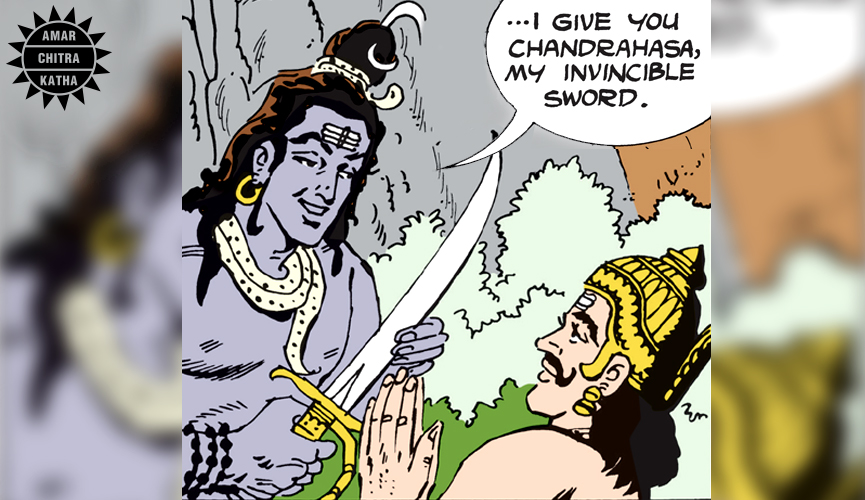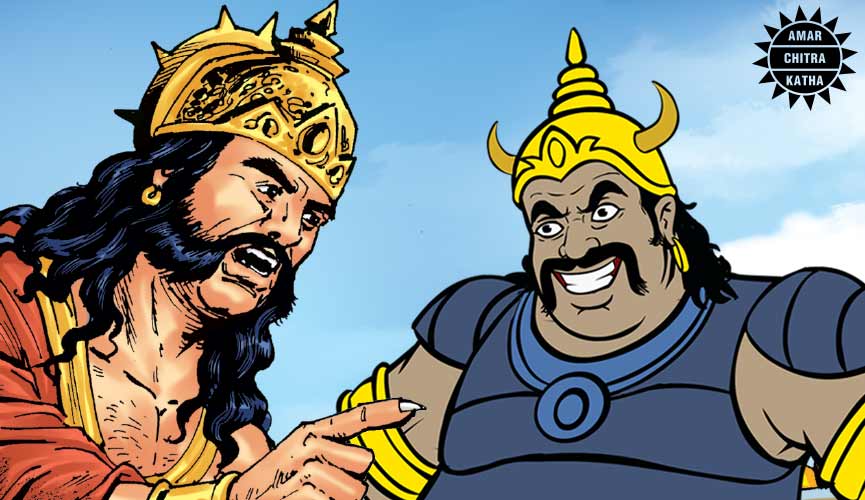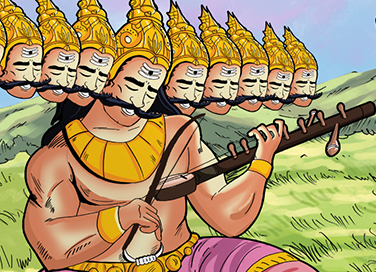Stories about the victory of good over evil are the most popular and also the most commonly narrated in every culture across the world. In India, amongst the deities of the Hindu pantheon, it is the stories of Lord Rama and how he vanquished the asura king of Lanka, Ravana, that even children are most familiar with.
Hinduism teaches us that there is no pure evil. The duality of nature – the simultaneous existence of light and darkness, of good and evil, of beauty and ferocity – is, both, the catalyst for most events and conflicts, and also the basis on which they are settled. Nobody is ever purely evil. Even the asuras are described as being devout and well read. The most infamous amongst the asuras, Ravana, is a prime example.

With a name that means “roaring”, Ravana was born to a brahmin sage father, Vishrava, and a rakshasi mother, Kaikesi. He is depicted as having ten heads, with six of them associated with the shastras and the remaining four with the Vedas, all which Ravana was very well-versed in. He is also described as a devout follower of Shiva, a great scholar, an expert warrior, a capable ruler, and a maestro of the veena. He is said to have written the Ravana Samhita, a book on Hindu astrology, and the Arka Prakasham, a book on Ayurveda medicine and treatment.
The complexity of Ravana’s character is a wonderful example of the duality of nature. The story of how he sang the Shiva Tandava Stotra in praise of Lord Shiva for a thousand years and subsequently earned Shiva’s blessings in the form of an invincible sword is a depiction of his fervent devotion as well as his brilliance. Ravana, like many before him and many after, was led astray in his desire for pleasure and power, despite his many virtues. His conscious choices defined who he was, and his failure to control his senses led to him forgetting his spiritual identity.

As Ravana’s hunger for power grew, his ten heads (that were originally symbols of knowledge) These qualities are Kama (lust), Krodha (anger), Moha (attachment), Lobha (greed), Mada (pride), Maatsarya (envy), Buddhi (intellect, but as in Ravana’s case, the misuse of his enormous intellect), Grina (hatred), Bhaya (fear), and Ahamkara (ego).
And so, every year on Dusshera, an effigy of Ravana is burned as a celebration of Lord Rama’s victory over evil, as well as a depiction of burning away or destroying these ten qualities.
Read more Amar Chitra Katha stories about Ramayana






